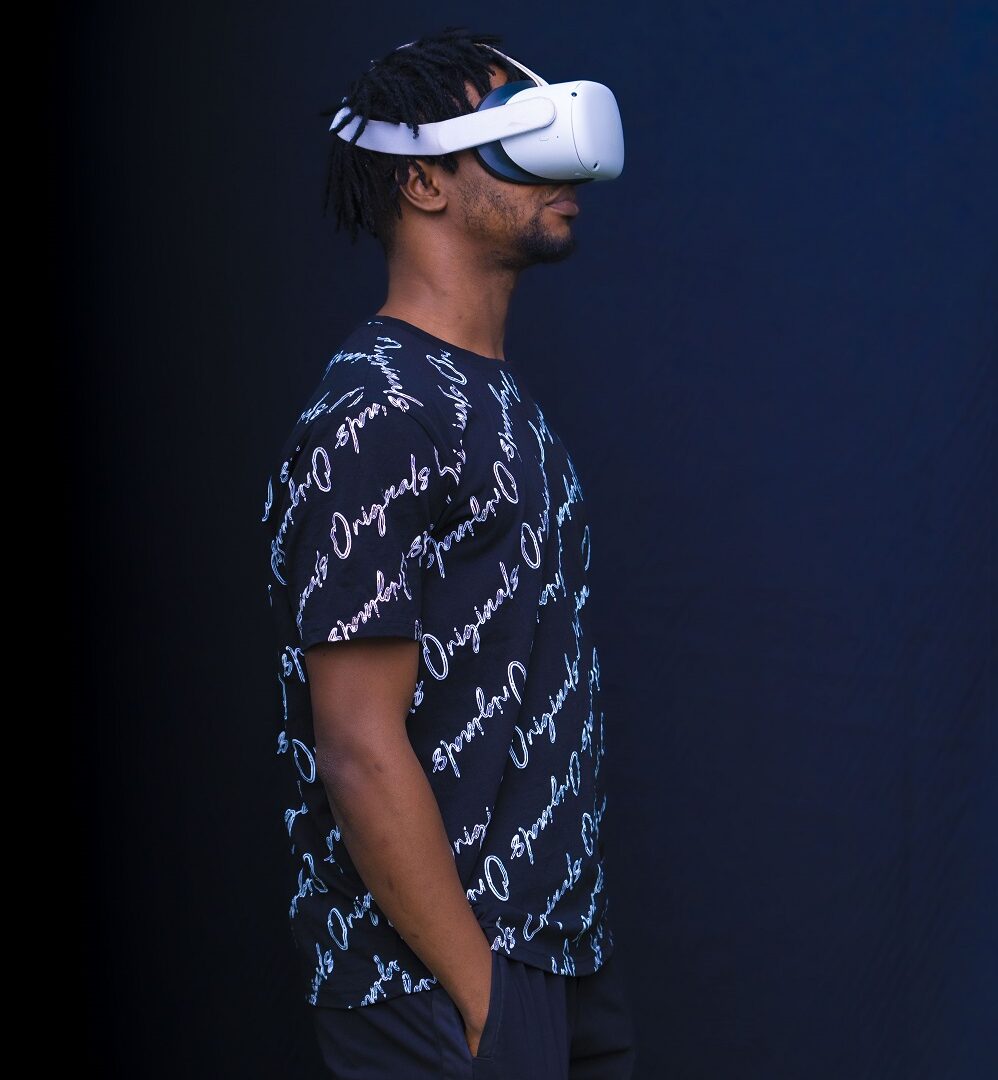Introduction
Virtual and Augmented Reality: In the ever-evolving landscape of technology, only a few innovations have captured the imagination and potential for transformation quite like Virtual Reality (VR) and Augmented Reality (AR). Once considered niche technologies, VR and AR have rapidly evolved into powerful tools that are reshaping various industries, from entertainment and education to healthcare and manufacturing. Welcome to a journey on the profound impact of virtual and augmented reality on modern technology and the myriad ways they are changing our world.
Understanding Virtual Reality and Augmented Reality
Virtual Reality (VR) creates immersive digital domains that simulate real-world experiences or completely fictional scenarios. By employing a combination of specialized hardware, such as VR headsets & motion-tracking devices, and sophisticated software, VR places users inside a computer-generated environment, allowing them to interact with the surroundings as if they were physically present.
Augmented Reality (AR) overlays digital information onto the real world, enhancing the user’s perception of reality. AR technology is often accessible through smartphones, tablets, or smart glasses, enabling users to interact with virtual elements that are seamlessly integrated into their physical environment.
Education and Training
VR and AR have opened up new avenues for interactive learning. Students can explore historical events, travel through space, or dissect complex biological structures in a virtual environment. Furthermore, these technologies have proven invaluable in professional training scenarios, allowing surgeons to practice procedures, pilots to simulate flights, and engineers to troubleshoot equipment—all within a safe and controlled virtual space.
Healthcare and Therapy
In the realm of healthcare, VR, and AR are enhancing patient care and treatment. Surgeons can use VR simulations for practicing delicate procedures, while patients undergoing painful treatments can find relief through immersive distractions. Additionally, AR can provide real-time visual overlays during surgeries, aiding doctors in navigation and diagnosis.
Entertainment and Gaming
The entertainment industry has been at the forefront of VR and AR adoption. VR gaming, in particular, has revolutionized how players experience video games. Players can step into the shoes of their favorite characters, explore fantastical worlds, and engage in immersive gameplay that blurs the lines between reality and fiction.
Architecture and Design
Architects and designers are leveraging VR and AR to visualize and refine their creations. With VR, clients can virtually “walk through” architectural plans before construction begins. AR, on the other hand, enables designers to overlay digital models onto physical spaces, facilitating better spatial understanding and design adjustments.
Tourism and Exploration
VR and AR are transforming the way people experience travel and exploration. Through VR, armchair travelers can visit iconic landmarks and exotic destinations from the comfort of their homes. AR-equipped smartphones provide tourists with real-time information about their surroundings, enhancing their understanding and engagement with local culture and history.
Challenges and Future Prospects
While VR and AR hold immense potential, they also face challenges. VR systems can be expensive and require robust computing power, limiting their accessibility. Motion sickness remains an issue for some users, and the design of comfortable and intuitive interfaces continues to evolve.
Looking ahead, the future of VR and AR is promising. As technology becomes more affordable and user-friendly, adoption is likely to increase. The integration of 5G networks will enable seamless streaming of high-quality content, and advancements in haptic feedback will enhance the sense of immersion. Furthermore, as developers continue to create innovative applications, VR and AR could redefine how we interact with the digital and physical worlds.







Techylist
Posted on 5:14 am - September 2, 2023This is an interesting blog post. I’m looking forward to seeing how virtual and augmented reality will revolutionize technology in the future.